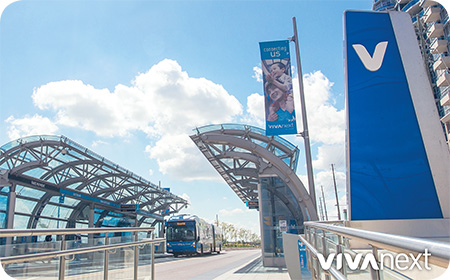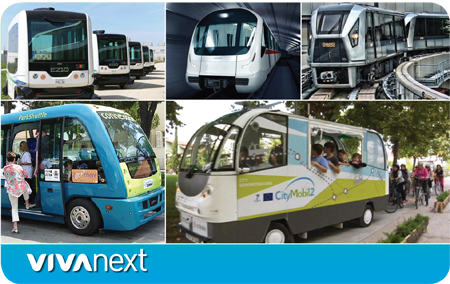We are always amazed to see examples of technology that depart from the norm. Like this driverless drone “sky taxi” that will begin flying customers in Dubai, United Arab Emirates this summer. If everyone had their own personal drone it would certainly change the daily commute!
Sometimes though, it’s smaller innovations that change transportation for the better for people. Bus rapid transit that rides in dedicated bus lanes is now part of the landscape in Markham, Richmond Hill, Vaughan and Newmarket. At the end of this year in Vaughan, the Toronto-York Spadina Subway will change how many people commute.
Within a transit service there can also be improvements and innovations. YRT/Viva’s goal is to be emissions free by 2051, and their 2017 Annual Service Plan notes several pilot and trial programs underway, including:
- Electric Bus Demonstration and Integration Trial
- Alternative Fuel Study
- Small bus strategy
Over time, these smaller changes can make a big difference. Just fifteen years ago, few people would have predicted that bus customers would be able to zip past congested traffic on Highway 7. And while subway extensions have been a priority for a long time, it’s pretty amazing that residents of Vaughan will soon be living so close to a subway line.
Dreaming about new innovations for the future is one thing; making it happen is definitely another. And in York Region we’ve made these changes together. The future looks bright with more innovation to come!


